Regularly check the health of farmed shrimp during hot days to have timely treatment measures - Photo: LA
These days, Mr. Tran Huu Tu, one of the white-leg shrimp farmers in Phan Hien Cooperative, Vinh Son Commune, Vinh Linh District, is regularly on duty at his pond to check the water quality and health of the shrimp to have timely response measures.
Mr. Tu said that this year, he raised shrimp on an area of 1 hectare. After nearly 60 days of raising, up to this point, the shrimp are growing well, reaching a size of 250 - 270 shrimp/kg. However, from the end of May 2025 until now, the hot weather, strong southwest winds have caused the water temperature in the pond to increase, making the shrimp susceptible to shock, reducing resistance and causing disease.
According to Mr. Tu's experience, to cope with the hot weather, he increased the water level in the pond to nearly 1.5 m combined with increasing the water fan to limit temperature stratification in the pond. Adding vitamins and minerals to the feed to increase the resistance of farmed shrimp. "Increased water temperature will cause algae, harmful bacteria and viruses to grow strongly, and toxic gases in the pond will also increase. Therefore, shrimp farmers absolutely must not be negligent, regularly measure environmental factors such as pH, dissolved oxygen... every day to have timely treatment measures", Mr. Tu shared.
As for Mr. Hoang Ngoc Tuan in Gio Mai commune, Gio Linh district, to protect his high-tech shrimp farming area, before entering the hot season, he repaired his shrimp farming machinery and equipment, and invested in additional backup generators to prevent power outages. Mr. Tuan said that he currently has nearly 6 hectares of shrimp farming, including 7 high-tech ponds with a total area of about 0.7 hectares and farming all year round.
Although farming is done using high technology, the ponds are covered in net houses, minimizing the impact of the weather, but in the hot season, he still installs a heat-resistant net system and ventilation fans to reduce the temperature in the ponds. Along with that, he also pays special attention to taking care of and providing enough water, probiotics, biological products, using quality food sources, and supplementing minerals and vitamins for farmed shrimp.
In addition, to prevent pathogens from outside from entering the farming area, he also uses lime powder and disinfectants of the aquaculture industry to limit disease outbreaks. Thanks to good application of protective measures for farmed shrimp, especially in the hot season, Mr. Tuan's white-leg shrimp always grows well, annually harvesting 50 - 70 tons, bringing in revenue of 5 - 7 billion VND.
As for Mr. Pham Van Thien, one of the households raising eels in cages on the O Lau River in Hai Phong Commune, Hai Lang District, at this time, he and other local households are focusing on taking care of and preventing the heat for the fish in their cages.
He has moved the cage to an area with deeper water and stronger currents. He has prepared conditions to lower the cage deeper during peak heat. At the same time, he uses fresh fish food of guaranteed quality, and regularly cleans the cage after each feeding to keep the environment in the cage clean to increase the fish's resistance.
As of June 2025, the whole province has stocked more than 2,850 hectares of various aquatic products. The harvest output in the first 6 months of 2025 reached more than 3,500 tons. Heat waves are forecast to continue to occur with a higher frequency than the average of many years; heat waves can last for 7 days or more; the highest temperature in some places can reach 40 - 42 degrees Celsius.
Deputy Head of the Department of Fisheries Nguyen Duc Trung noted that water temperature is an important parameter in aquaculture. High temperature or large fluctuations can cause shock, reduce resistance, increase sensitivity to pathogens and negatively affect the survival rate of farmed aquatic products.
Prolonged hot weather increases water temperature, promoting the rapid decomposition of organic matter accumulated at the bottom of the pond. This process not only consumes a lot of dissolved oxygen but also releases toxic gases and is toxic to farmed aquatic animals.
Prolonged hot weather also causes algae in the pond to grow strongly, leading to a lack of dissolved oxygen at night and early morning. In addition, high water temperature also creates favorable conditions for the development of pathogens such as bacteria and viruses.
Therefore, to protect farmed aquatic products, minimize the adverse effects of hot weather and improve production efficiency, aquaculture farmers need to regularly monitor weather developments on mass media to proactively take measures to manage the environment and prevent diseases.
Strengthen management and closely monitor environmental factors in the pond; maintain a minimum water level in the pond from 1.2 - 1.8 m to stabilize the temperature, prepare a safe water source to supplement or replace water when needed.
Increase the use of water fans and aerators to limit temperature stratification and add oxygen to the pond. Reduce the amount of feed on hot days; periodically add biological products, vitamin C, minerals, and digestive enzymes to the feed and sprinkle directly into the water to improve the water environment and enhance the resistance of farmed aquatic animals.
Regularly check the health of farmed aquatic animals to detect early signs of abnormalities and take timely measures. For fish farming in cages, it is necessary to lower the cages or move them to deep water areas to reduce the negative impact of high surface water temperatures.
Avoid placing cages in areas with large temperature fluctuations and low water circulation. Check and remove weak and sick fish as soon as you notice any unusual signs to prevent the spread.
Harvest fish to commercial size, periodically thin out the fish in the cage, ensuring appropriate density. Check the cage regularly, ensuring no waste obstructs the water flow.
Le An
Source: https://baoquangtri.vn/chu-dong-bao-ve-thuy-san-nuoi-truoc-nang-nong-194624.htm


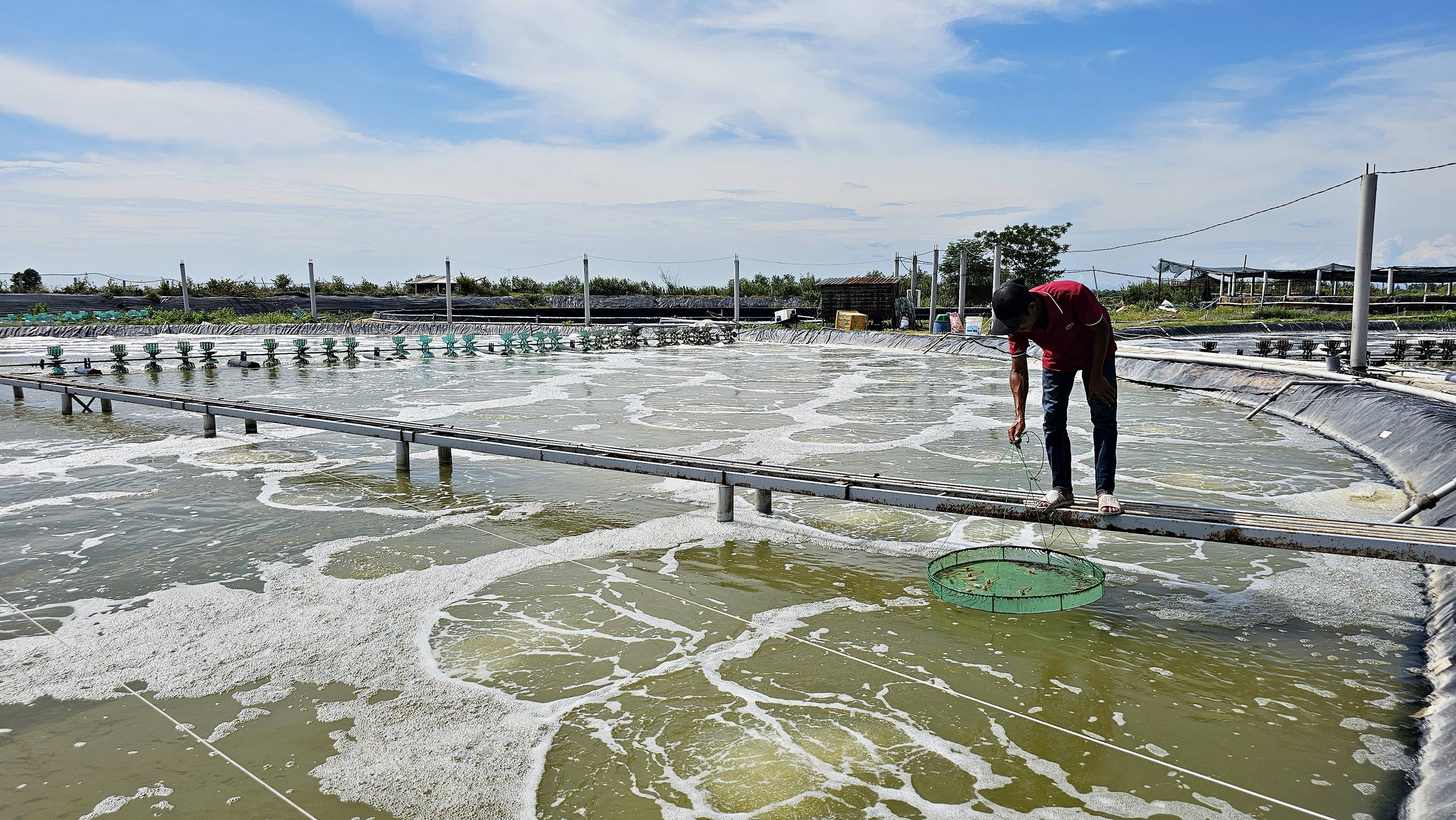





![[Photo] Prime Minister Pham Minh Chinh receives President of Cuba's Latin American News Agency](/_next/image?url=https%3A%2F%2Fvphoto.vietnam.vn%2Fthumb%2F1200x675%2Fvietnam%2Fresource%2FIMAGE%2F2025%2F12%2F01%2F1764569497815_dsc-2890-jpg.webp&w=3840&q=75)
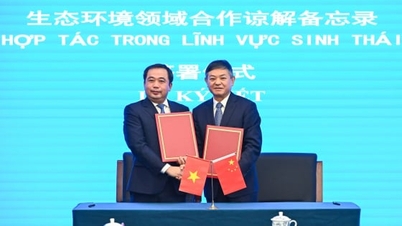

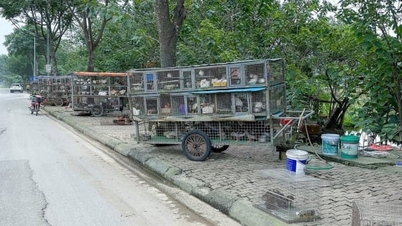



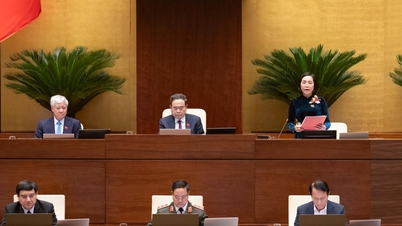



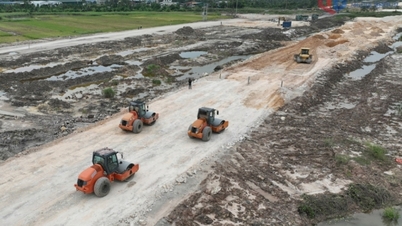


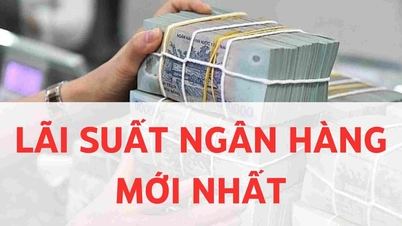


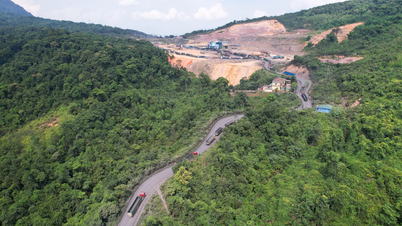
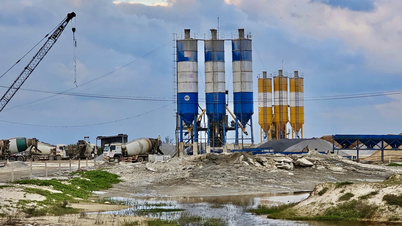




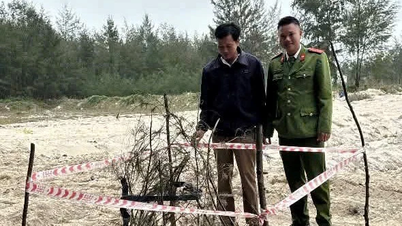
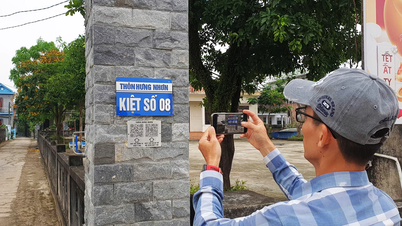

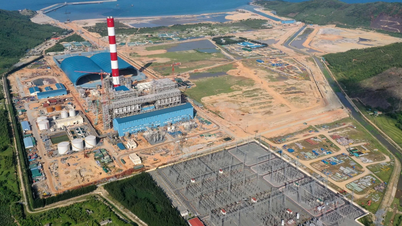
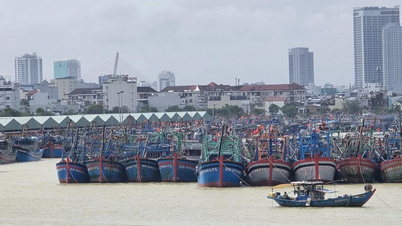
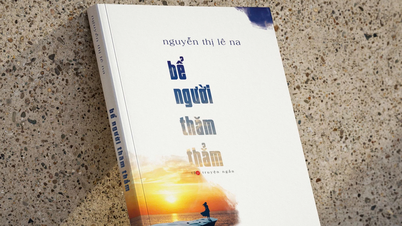


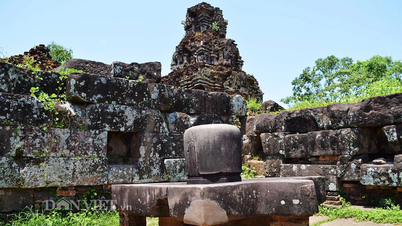

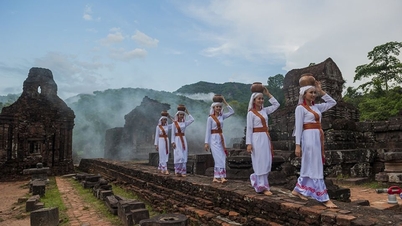

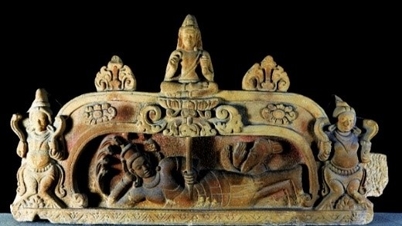
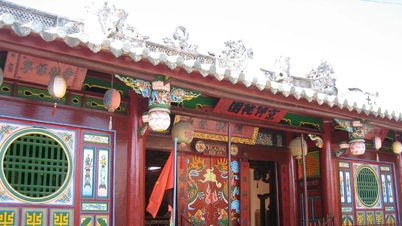
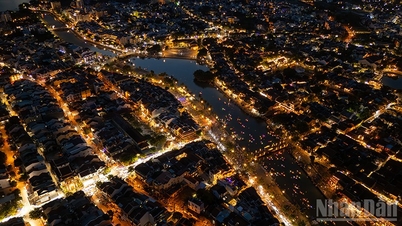

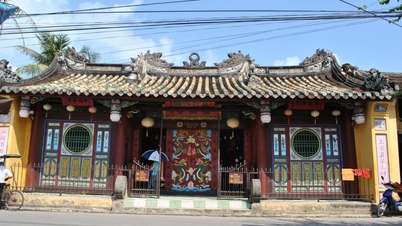
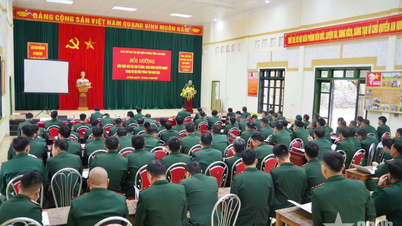



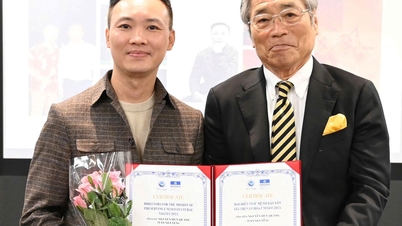



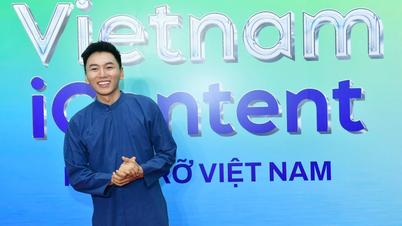










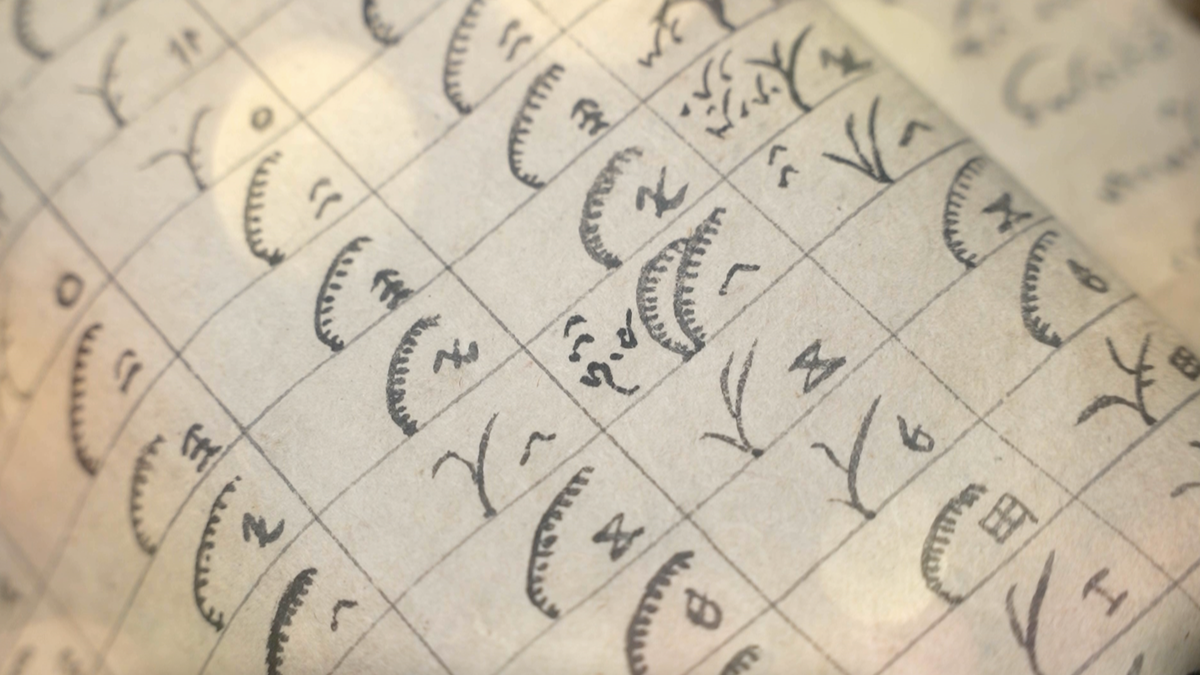




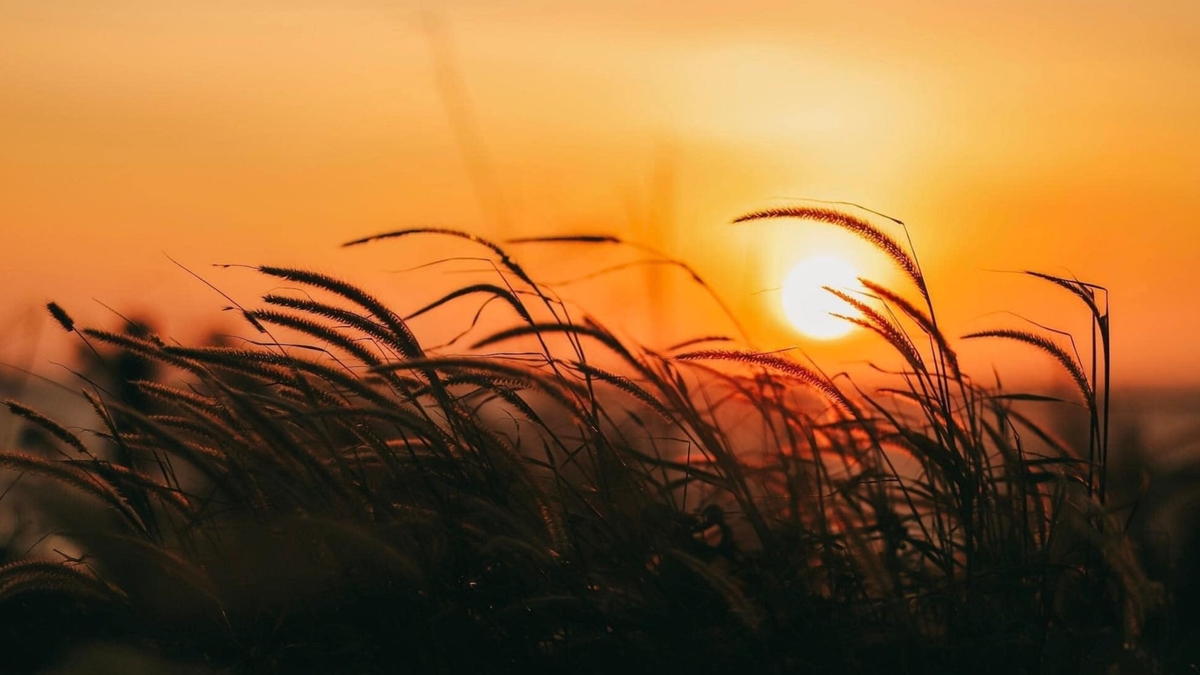
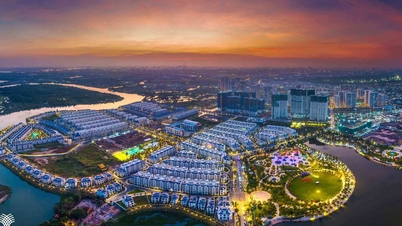


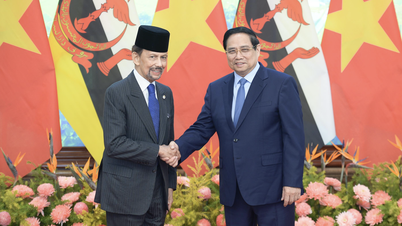



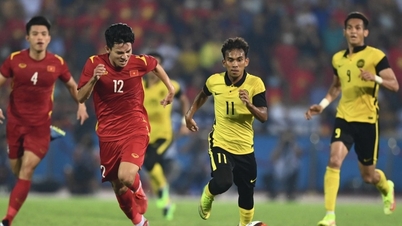
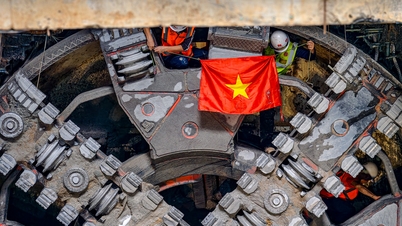
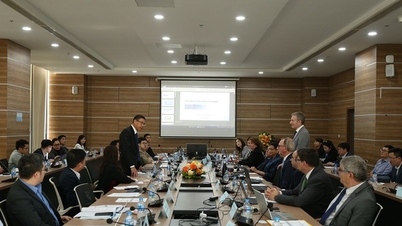

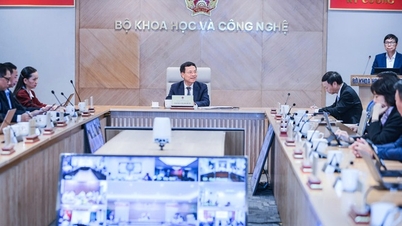
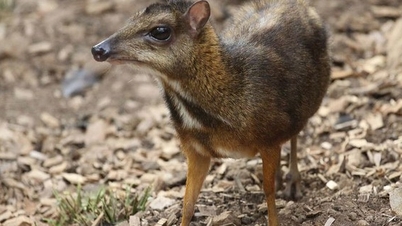




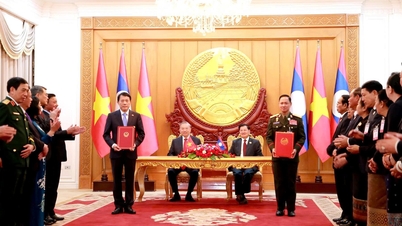
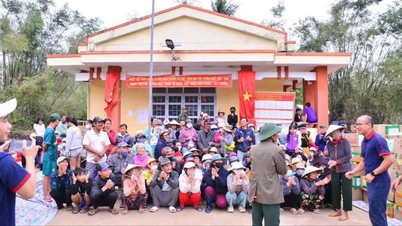

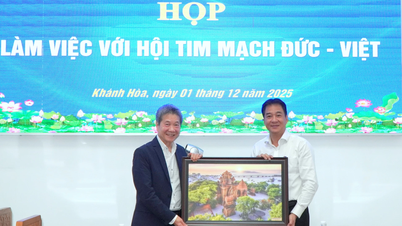


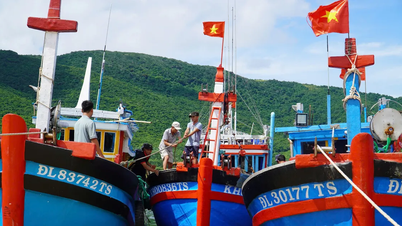
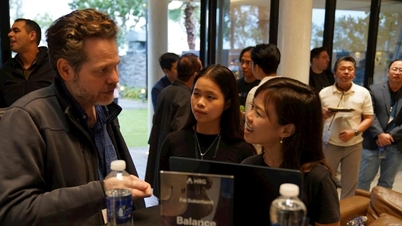

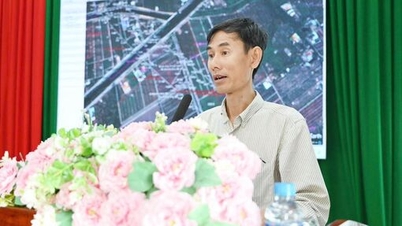






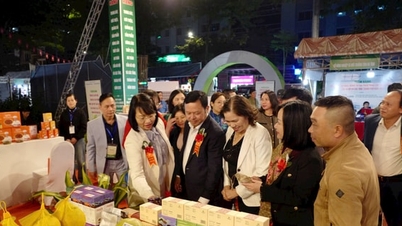
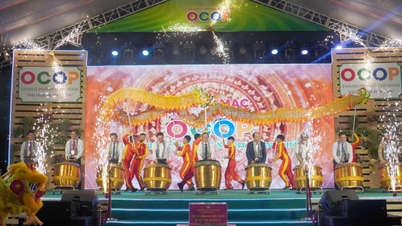


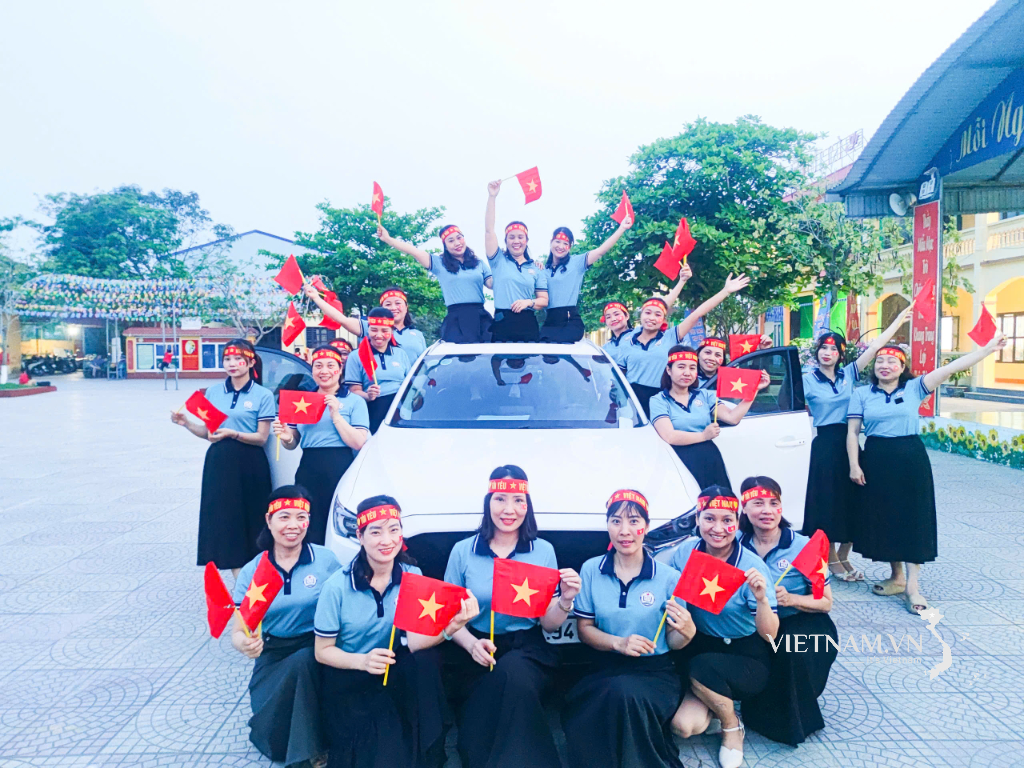


Comment (0)